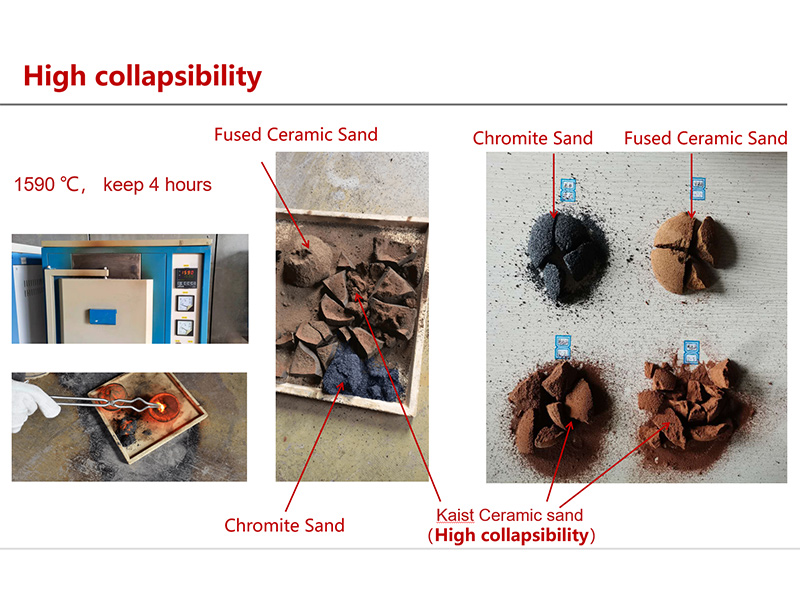

Authoritativeness in the sand casting domain comes from long-standing knowledge and adaptation of best practices. For instance, understanding the various sand types – green sand (a mixture of sand, clay, and water), organic binders used in shell molds, and resin-bonded sand – is critical for manufacturing the desired product. Each type offers distinct benefits, such as green sand's reusability, shell molds’ superior surface finishes, and resin-bonded sand's strength. Trustworthiness in the domain is measured by consistent casting excellence and adherence to environmentally sustainable practices. Many foundries now focus on reclaiming and reusing sand to minimize waste and reduce environmental impact. They prioritize techniques that not only provide high-quality castings but also contribute to eco-friendly production processes. Investing in sand quality control systems, modern mold-making equipment, and training workers on sustainable practices represent a commitment to trust and quality. Additionally, transparency in operations and certification from respected industry bodies further enhances a company's credibility. Certifications assure clients that a firm adheres to industry standards, operates under environmentally safe conditions, and consistently produces high-caliber products. In summary, sand in cast is not merely about using sand to shape molten metal but involves an intricate balance of materials, expertise, and innovation. It requires a profound understanding of processes, sustainable practice integration, and constant adaptation to new technologies. Companies that master these aspects not only guarantee precise and quality products but also demonstrate a respect for tradition and modern accountability, ensuring their position as respected leaders in the industry. Post time:ફેબ્રુવારી . 13, 2025 19:03
Next:Ceramic sand powder
